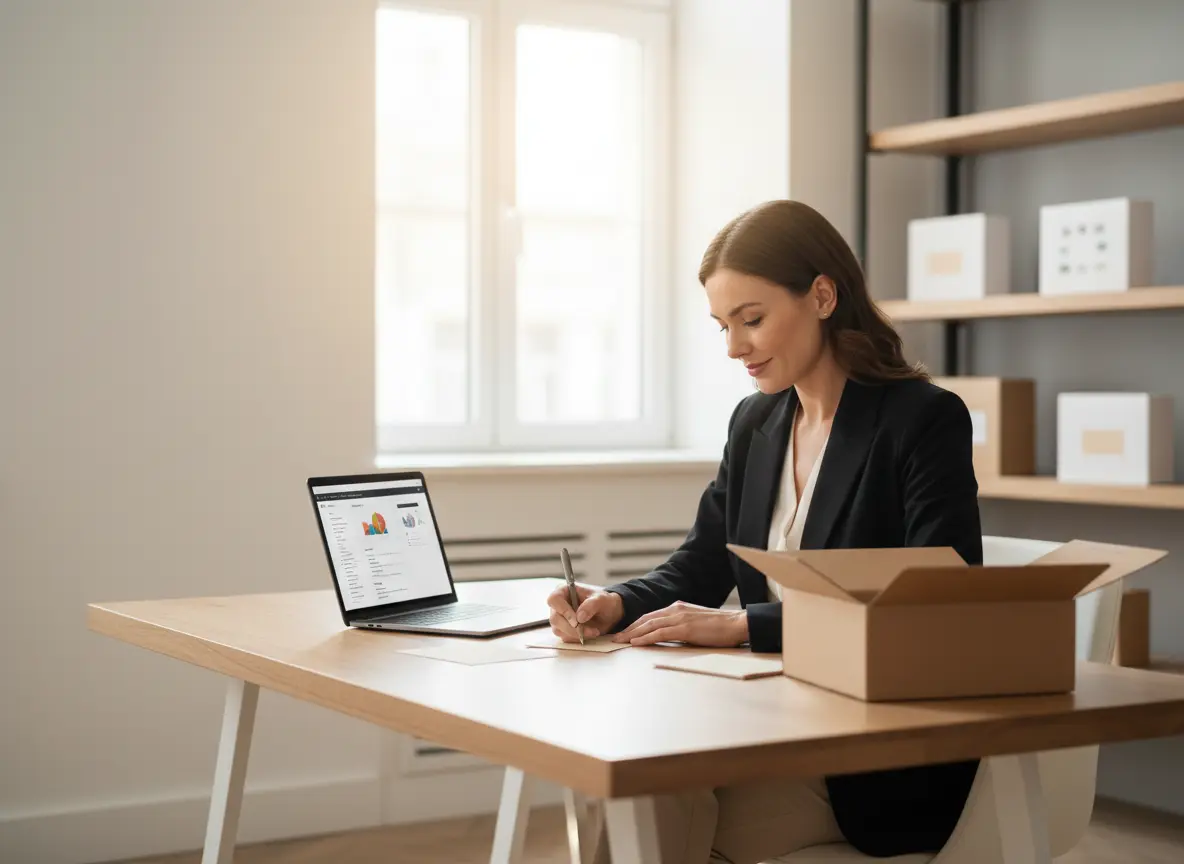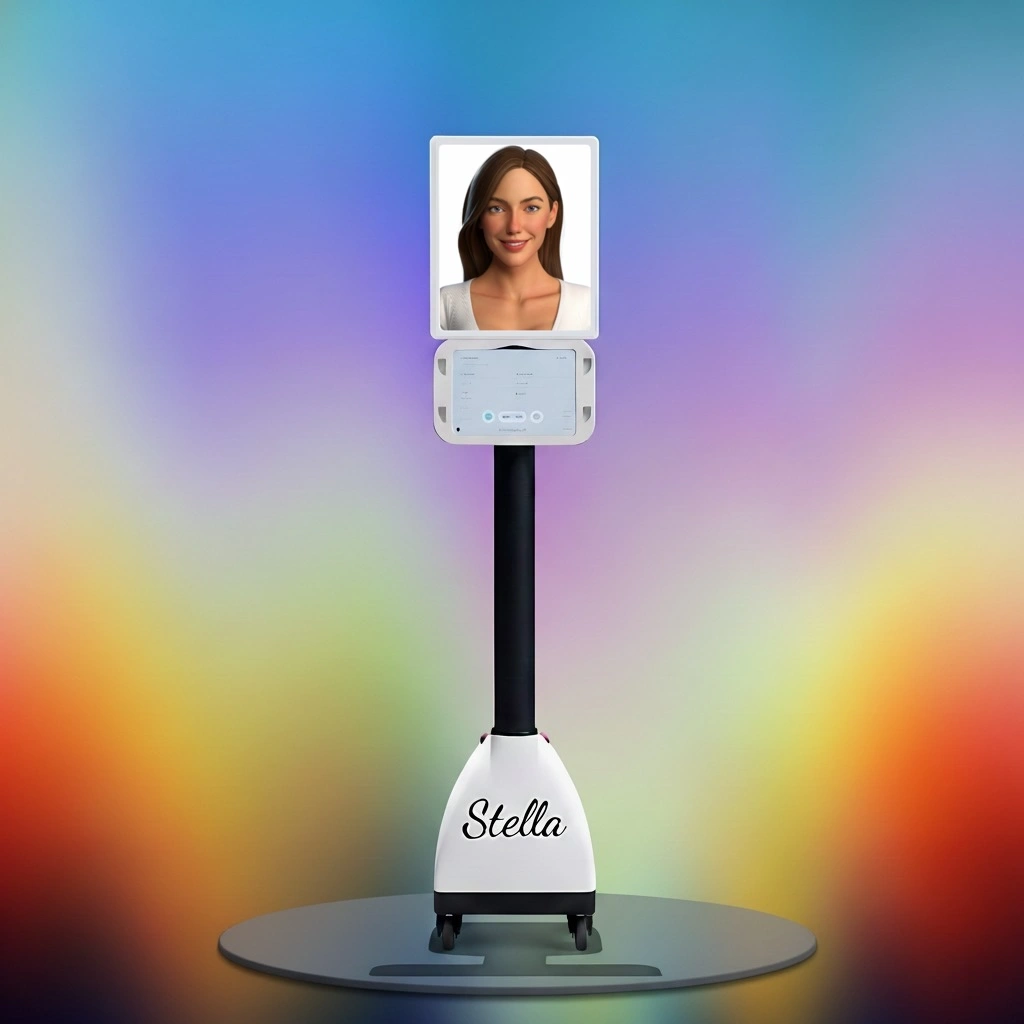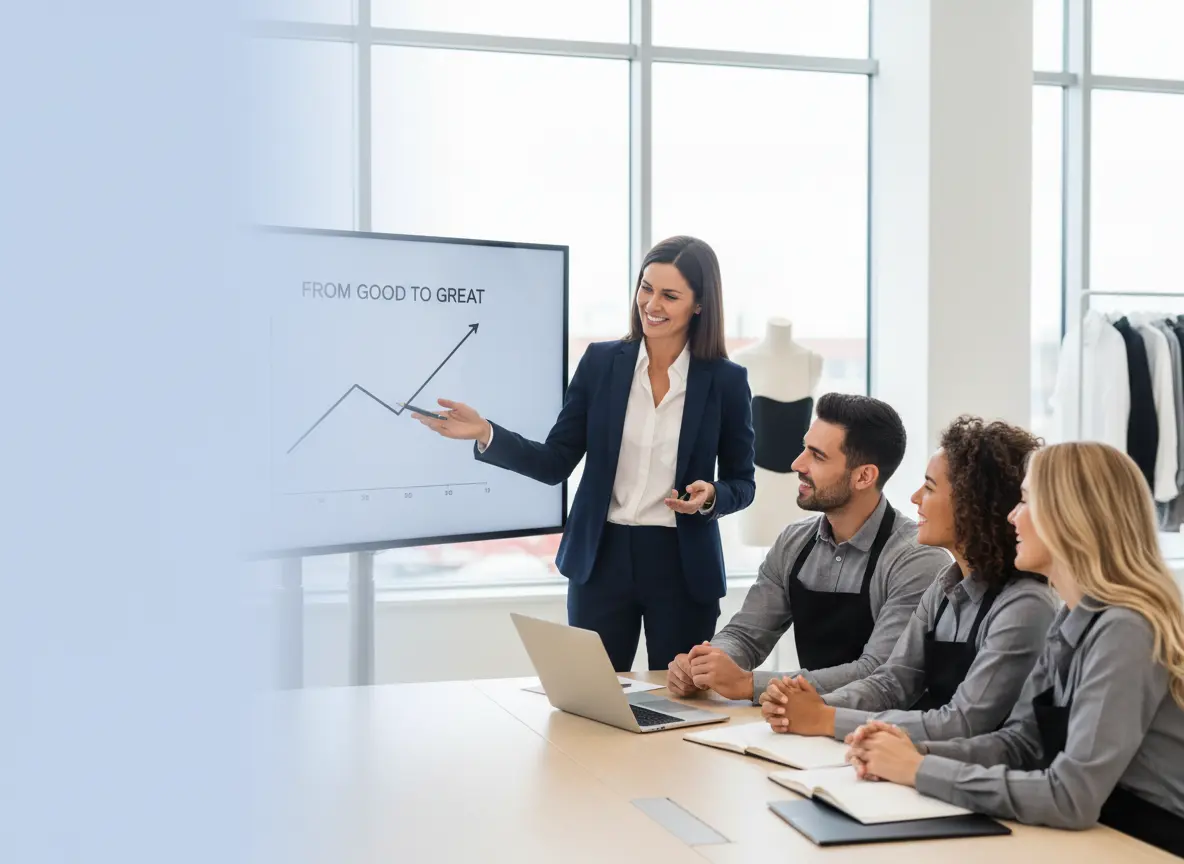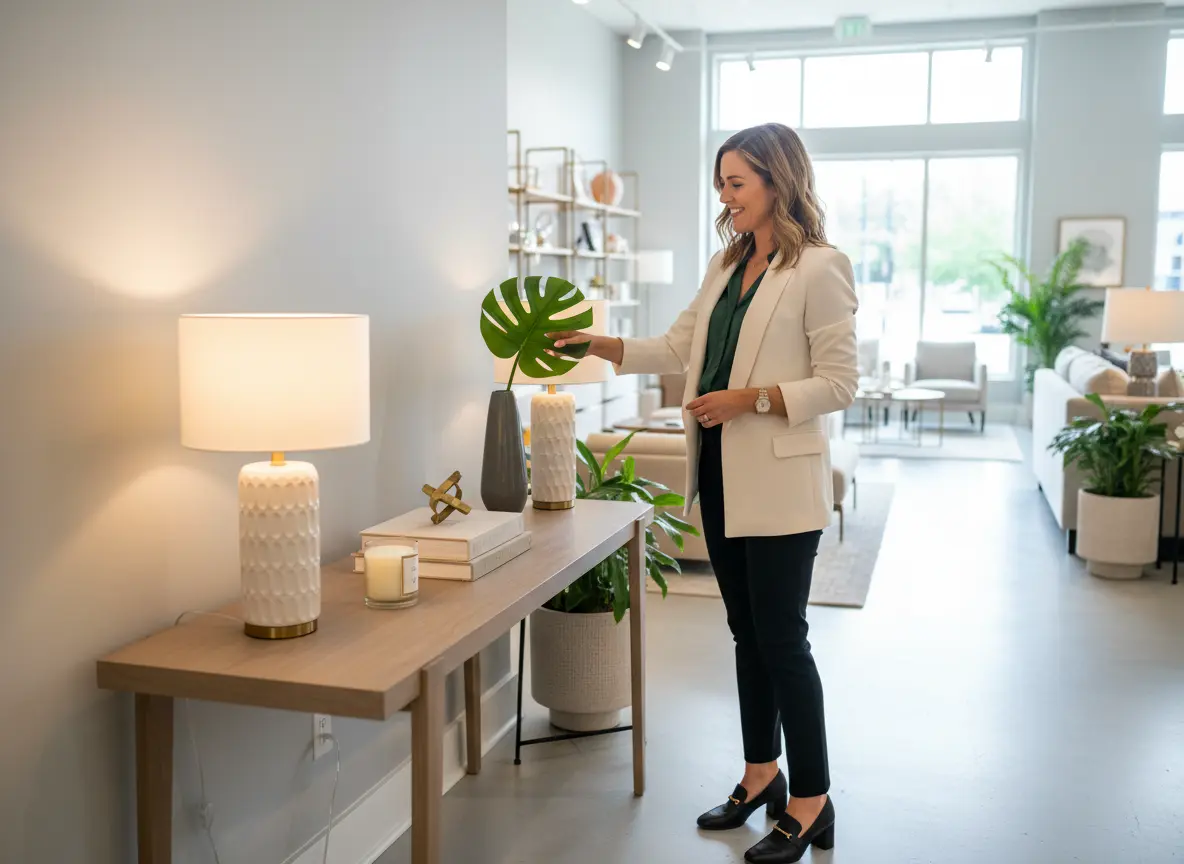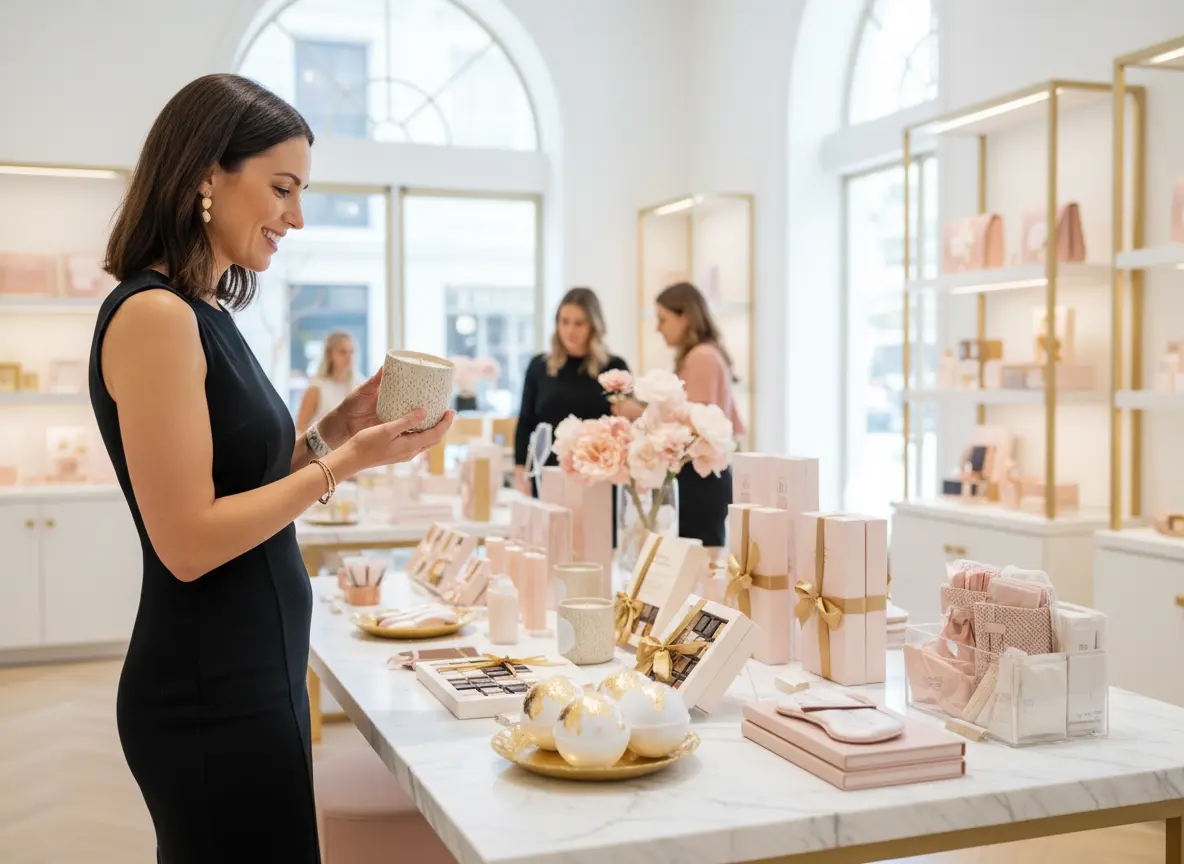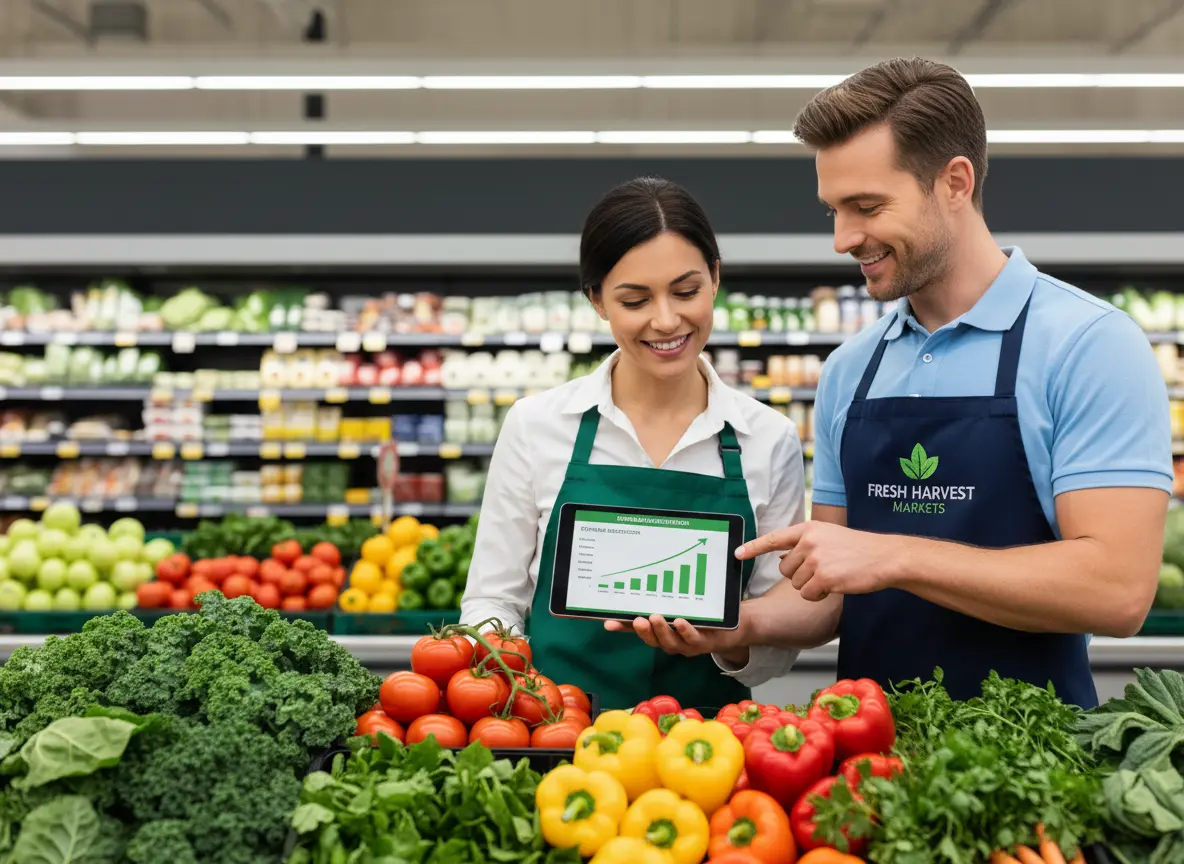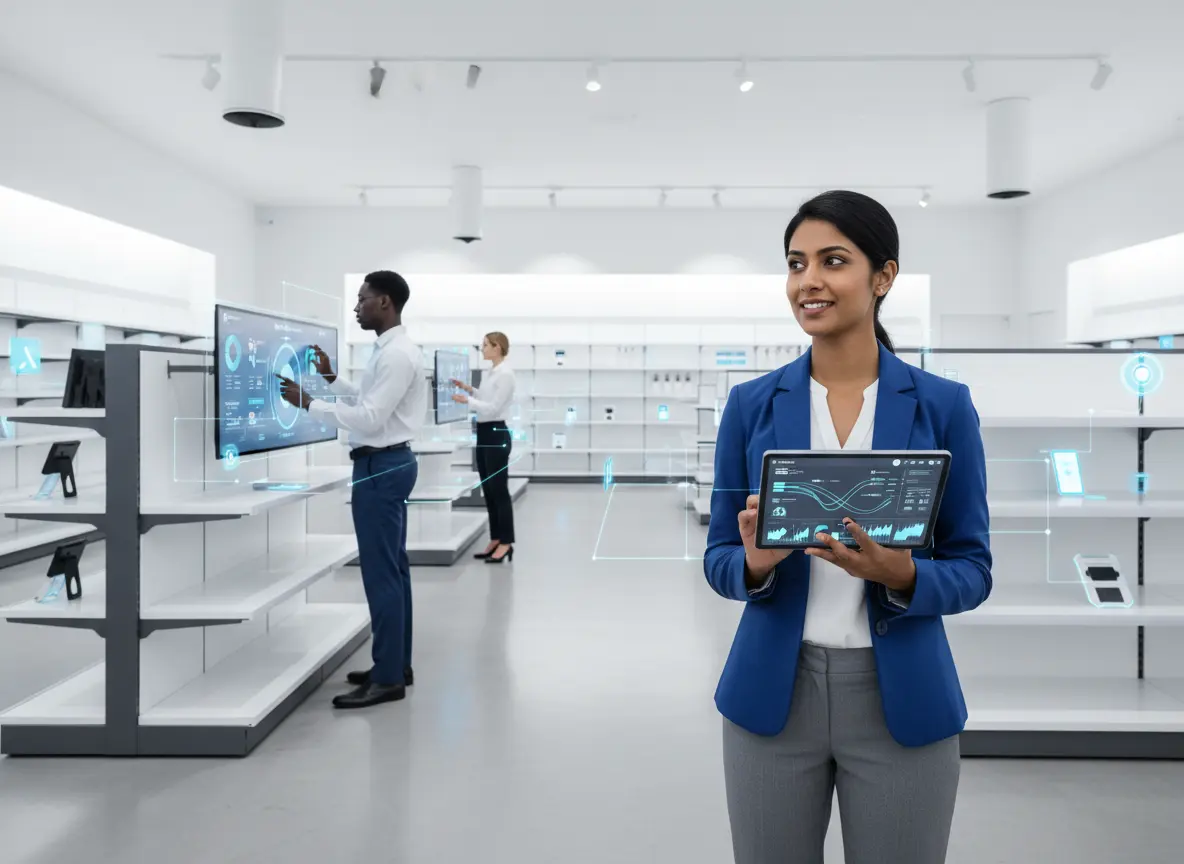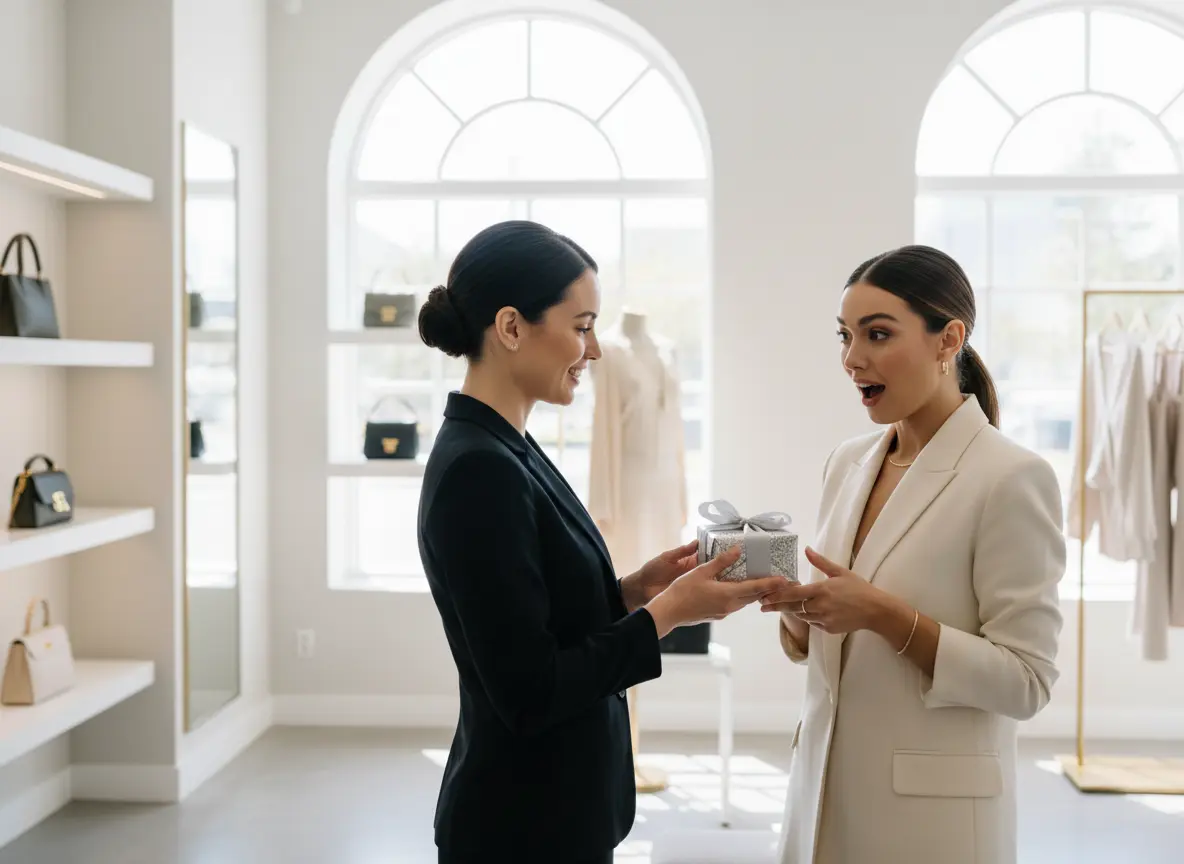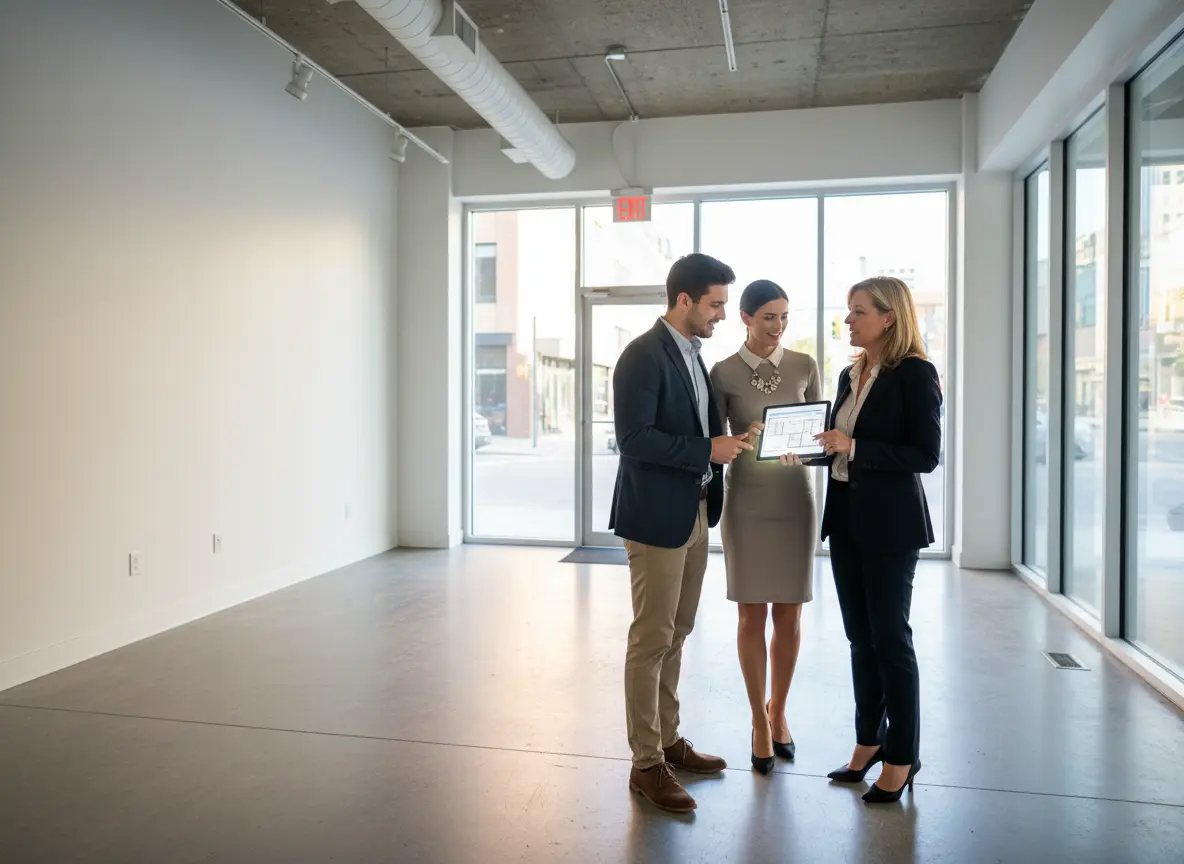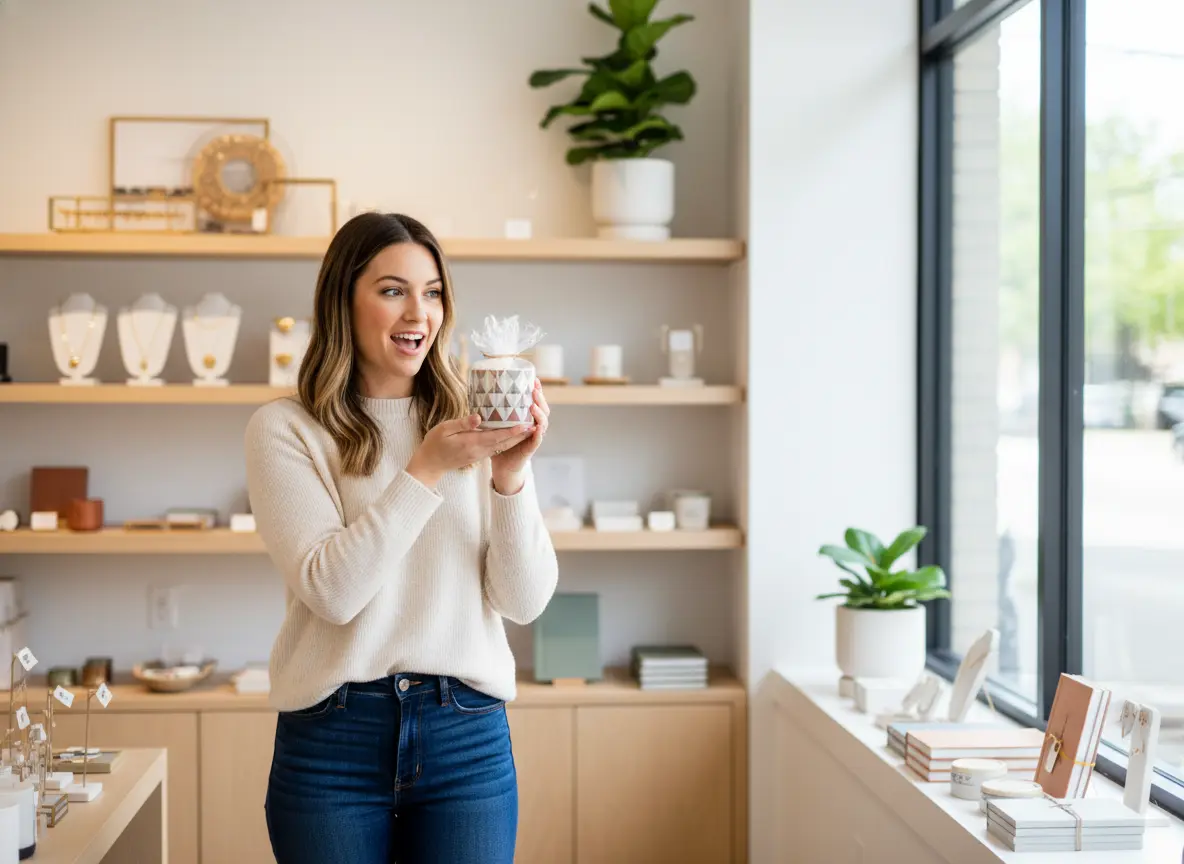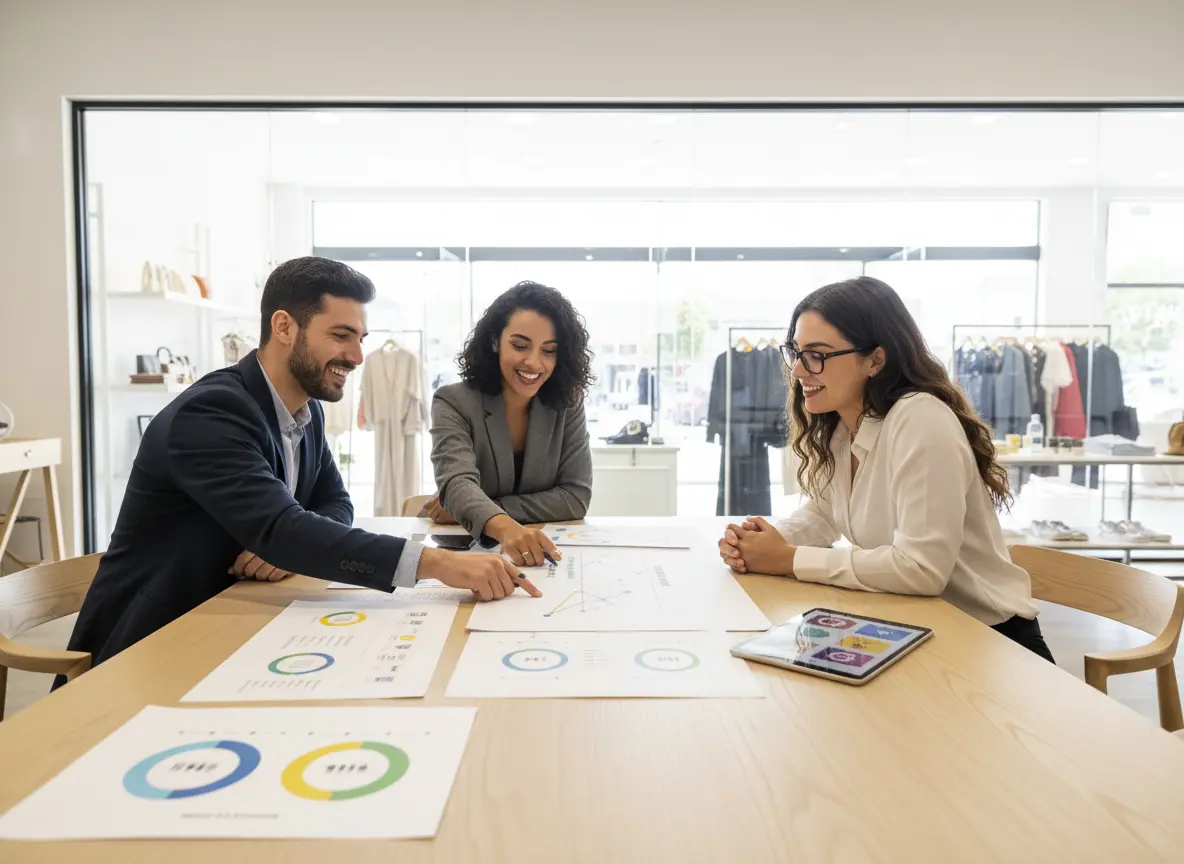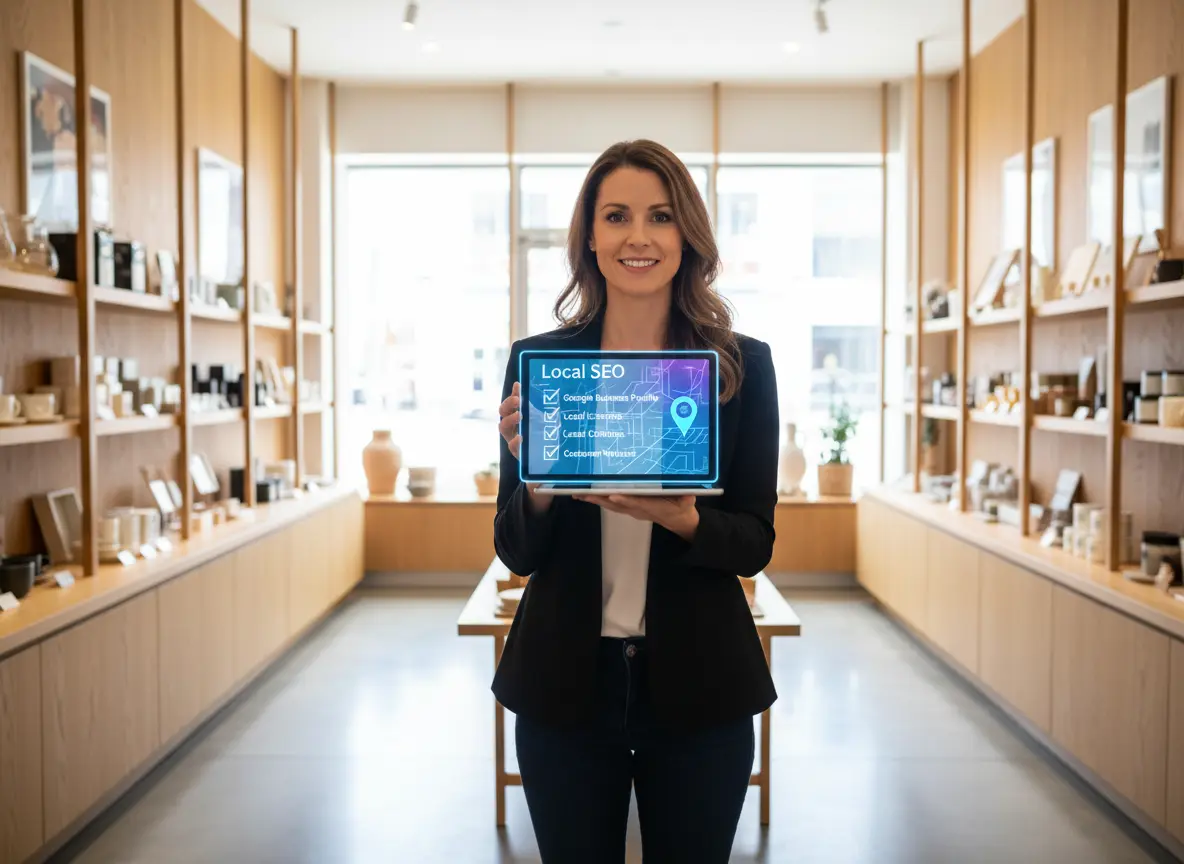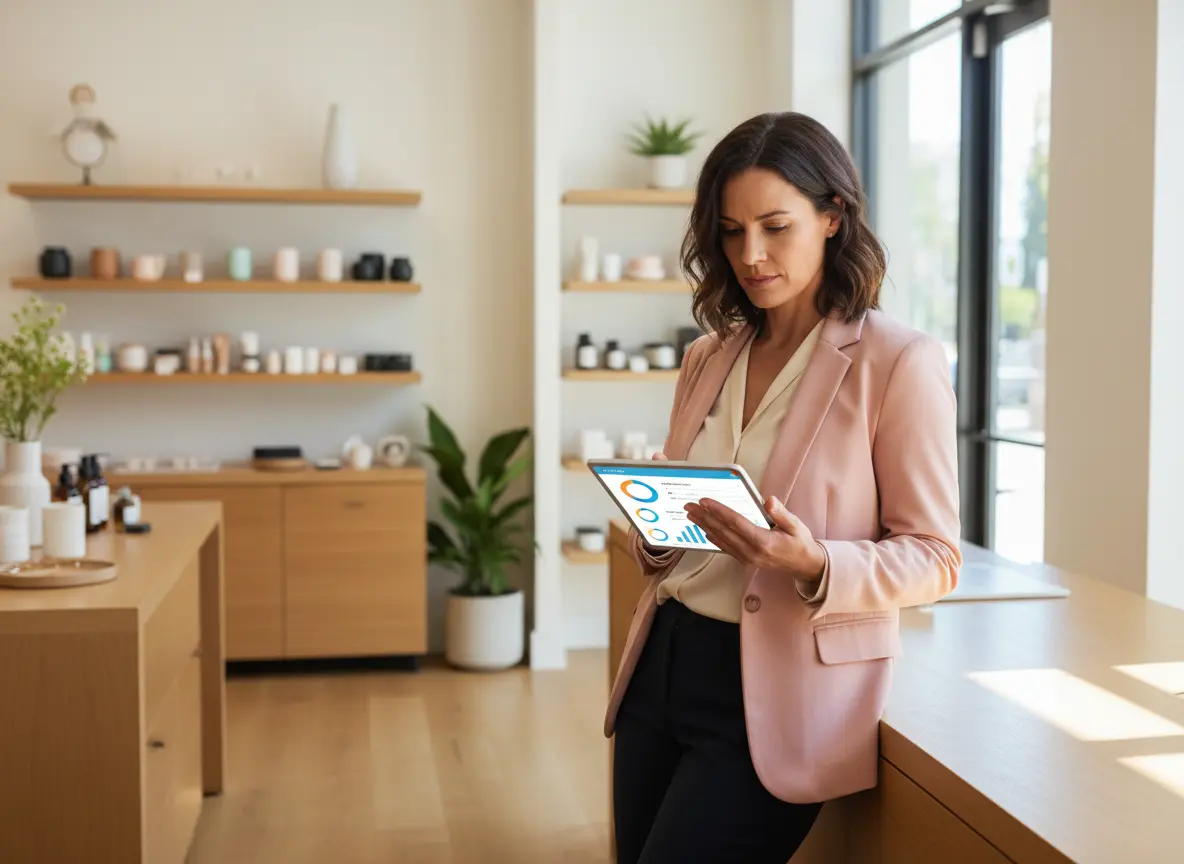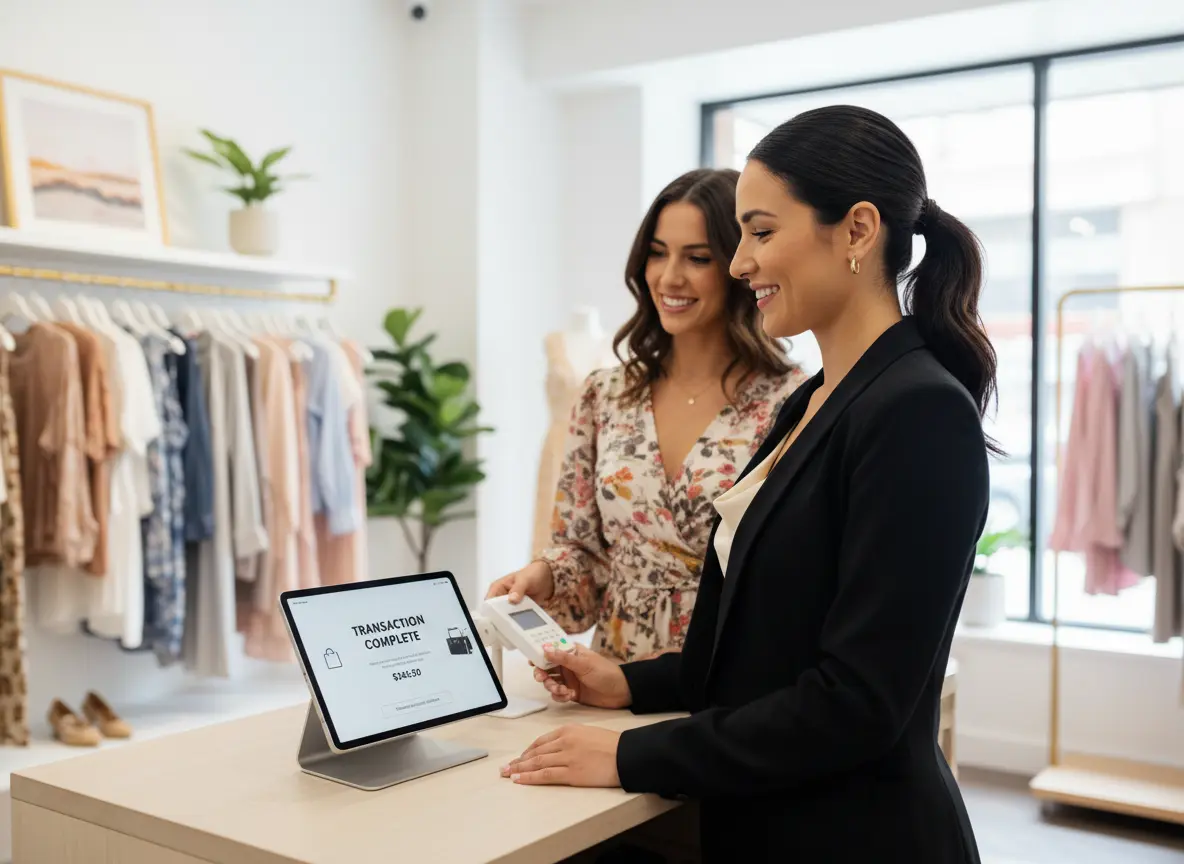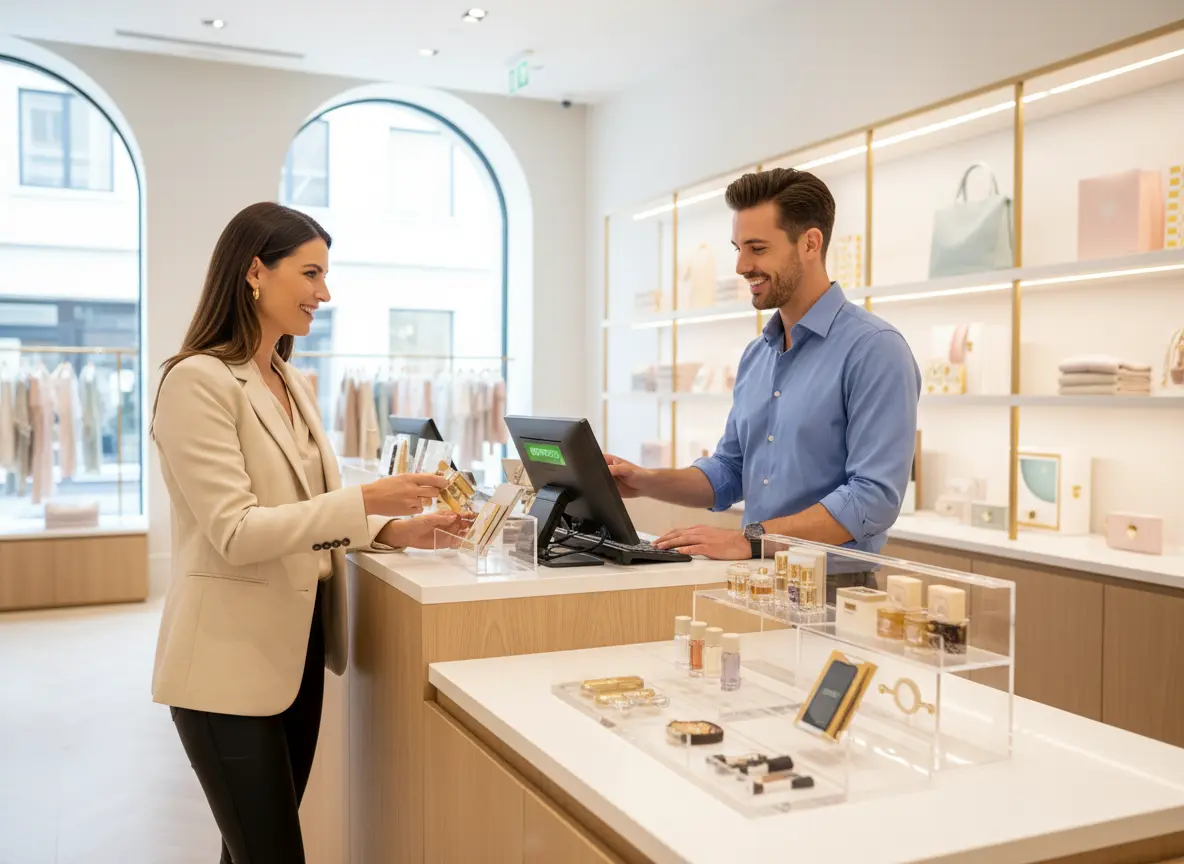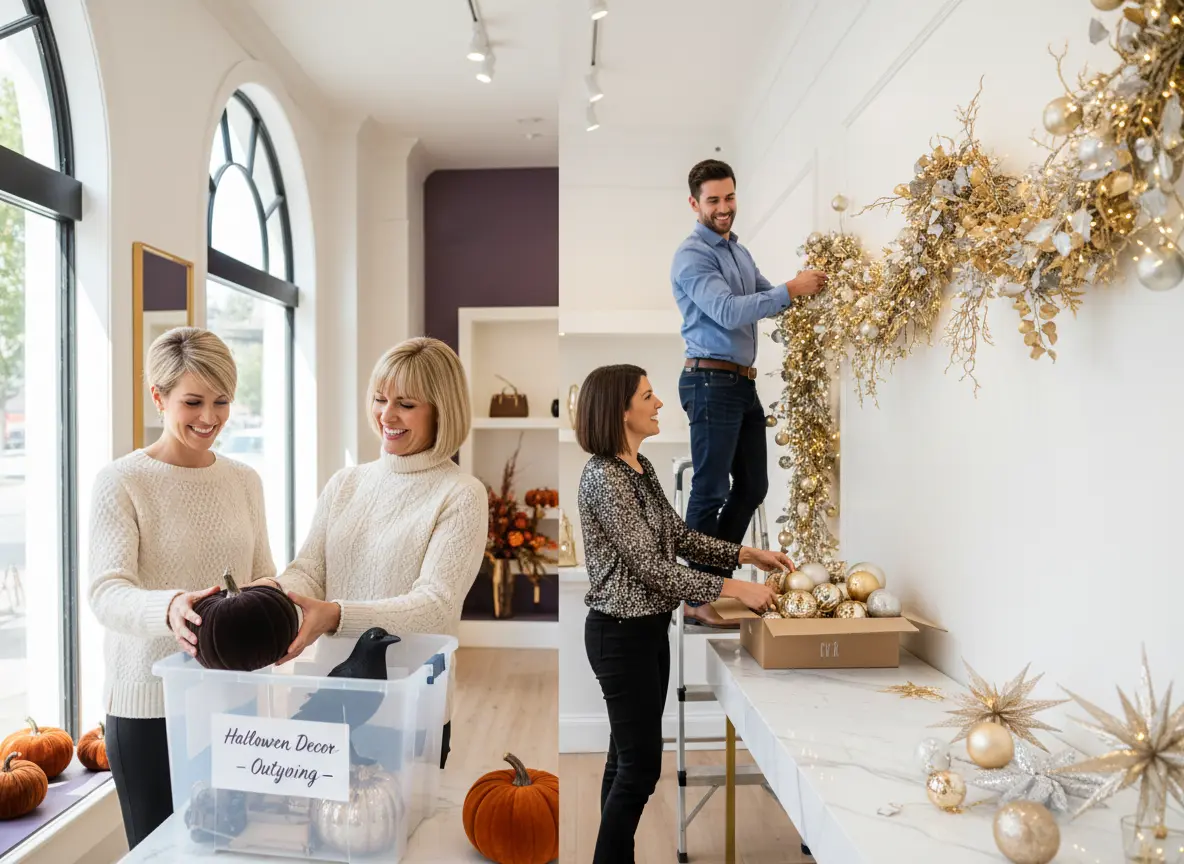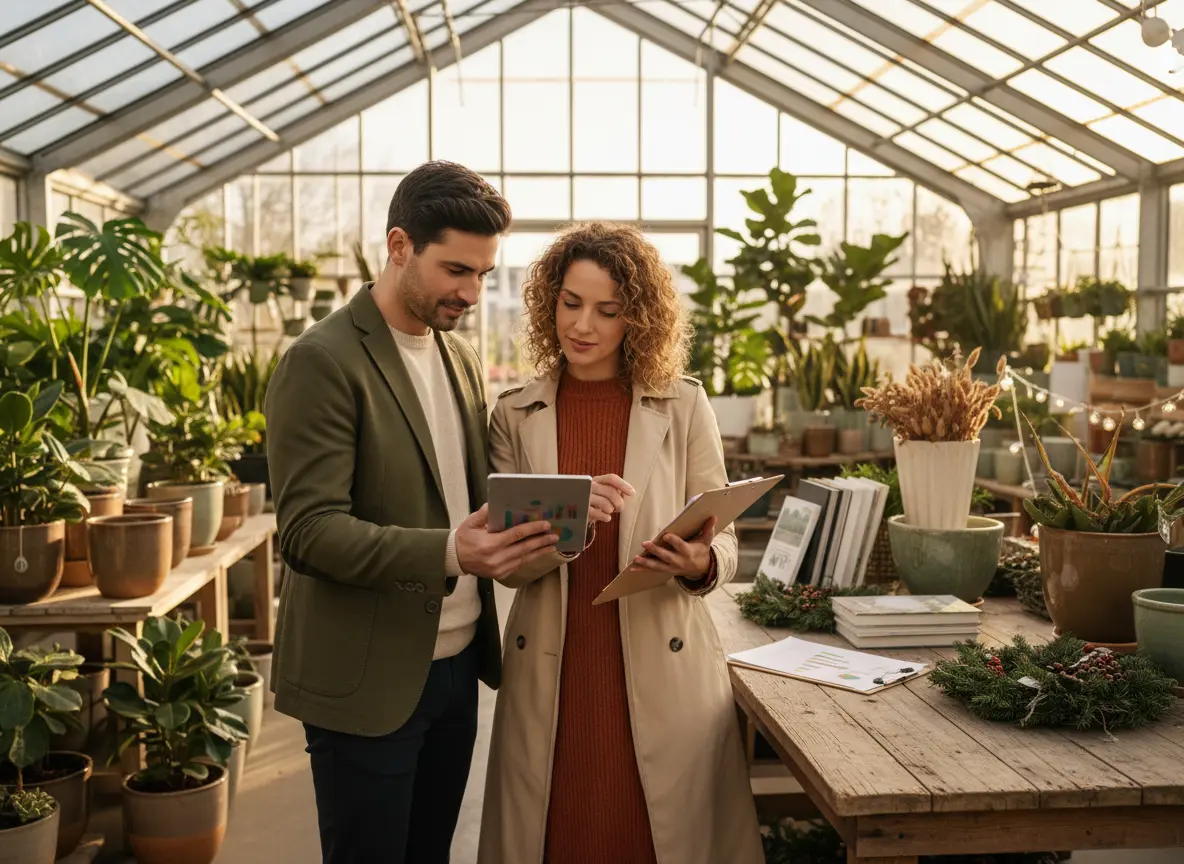So, You Made a Sale. Now What?
You did it. The customer browsed, they pondered, they swiped their card. The cash register chimed its sweet, sweet song. They walked out the door with their prize, and you’re left with the warm, fuzzy feeling of a battle won. For about five seconds. Then the reality sets in: will they ever come back? Or was that a fleeting, beautiful, one-time transaction, like a ship passing in the night?
Too many retailers treat the end of a sale as the finish line. They dust off their hands, thank the retail gods, and wait for the next unsuspecting shopper to wander in. This, my friends, is like going on a fantastic first date and then never, ever calling them again. You leave money, loyalty, and a whole lot of potential on the table. According to research from Bain & Company, increasing customer retention by just 5% can boost profits by 25% to 95%. Let that sink in.
The truth is, the moment a customer leaves your store is the start of your most important work. Welcome to the art of the follow-up—a strategic, non-creepy, and wildly effective way to turn one-time buyers into repeat business, and repeat business into a raving fan club. Let’s get to it.
The "Thank You" and Beyond: Immediate Post-Purchase Communication
The 24 hours after a purchase are a golden window of opportunity. The customer’s positive feelings about their purchase are at their peak. Your job is to capitalize on that goodwill before it fades into the ether of their busy lives. This is your chance to reinforce their decision and prove you’re not just another faceless store.
The Not-So-Humble Thank You Email
If your post-purchase communication is just a sterile, auto-generated receipt, you’re missing the point. A thank-you email is your first—and easiest—chance to make a second impression. Don’t just thank them for their money; thank them for their choice. Personalize it. Instead of "Thank you for your order," try "We hope you’re already enjoying your new [Product Name]!" Mention the item they bought. It shows you were paying attention. Even better, use this moment to plant a seed for their next visit. Include a simple, compelling offer like, "As a thank you, here’s 10% off your next purchase within 30 days." It’s a low-pressure invitation to come back soon.
Planting the Seeds for a Review
You know that warm glow a customer has after a great purchase? That’s the perfect time to ask for a review. Don’t wait weeks. A day or two after they’ve had a chance to use the product, send a friendly, low-stakes request. Frame it as helping others, not just helping yourself. Something like, "Loving your new gadget? Help other shoppers make a great choice by leaving a quick review!" is far more effective than a desperate "Please review us!" plea. Make it ridiculously easy. Provide a direct, one-click link to your Google Business Profile, Yelp page, or the product page on your site. Given that 93% of consumers say online reviews influence their purchasing decisions, this isn’t just nice to have; it’s essential social proof.
The SMS Surprise (Handle With Care)
For customers who have explicitly opted in, a well-timed text message can feel incredibly personal and modern. It cuts through the noise of a crowded email inbox. A simple message like, "Hi [Customer Name]! It's [Your Name] from [Store Name]. Just wanted to say thanks for stopping by today. Enjoy the new sweater!" can create a genuine "wow" moment. The key here is to be human, not robotic. But wield this power carefully. The line between delightful and downright annoying is razor-thin. Use SMS for high-impact, low-frequency messages, not for your weekly sales blast.
Building the Bridge from In-Store to Online
All these brilliant follow-up strategies rely on one thing: having the customer's contact information. Turning a physical interaction into a digital relationship requires a bit of finesse at the point of sale. This is where you connect the dots and ensure the conversation can continue long after they've left.
Capturing Contact Info Without Being a Creep
The follow-up is impossible if you don’t have a way to, you know, follow up. But the tired old "Can I get your email for a receipt?" line feels transactional and uninspired. Instead, frame the request as a clear value exchange for the customer. Offer them a compelling reason to hand over their precious email address. This could be early access to new arrivals, entry into a VIP club with exclusive perks, or an instant discount on their current purchase. An in-store assistant can help set the stage for this. For instance, a friendly robot like Stella can greet customers at the entrance and highlight the benefits of your loyalty program, so by the time they reach the counter, they're already primed to sign up. The ask becomes the logical conclusion to a great experience, not an awkward afterthought.
The Loyalty Program Hook
If you have a loyalty program (and you should), the post-purchase email is the perfect vehicle to drive engagement. Don't just invite them to sign up; show them what they're missing. Use their first purchase to demonstrate the program's value immediately. Your email can say, "Congratulations! Your purchase today earned you 50 points. You're already halfway to a $10 reward!" This leverages the psychological principle of "endowed progress"—people are more motivated to complete a goal when they feel they've already been given a head start. It transforms the idea of a loyalty program from an abstract concept into a tangible benefit.
The Long Game: Nurturing the Relationship for Lasting Loyalty
Okay, you’ve nailed the immediate follow-up. High five. But true loyalty isn’t built in a day. The long game is about staying relevant and demonstrating that you care about the customer's experience, not just their transaction history. It’s about turning a customer into a genuine advocate for your brand.
The Perfectly Timed "How's It Going?" Check-in
Imagine buying a complex piece of tech, and a week later, the store emails you a link to a helpful setup video. Or you buy a new houseplant, and a month later, you get a friendly email with seasonal watering tips. This is next-level customer service. It’s not a sales pitch; it’s a value-add. This kind of thoughtful, non-promotional check-in shows you’re invested in their success with the product. It builds immense trust and positions you as an expert resource, not just a seller of stuff. Set up simple automated emails triggered by product category and purchase date. The effort is minimal, but the impact is massive.
From Customer Data to "Wow, They Get Me" Moments
Your sales data is a treasure trove of insights. Use it. If a customer consistently buys a specific brand of coffee beans, don't send them a generic email about your new tea collection. Instead, give them a heads-up when that brand releases a new roast. Segment your customer list. Create buckets for "First-Time Shoppers," "High-Spenders," "Fans of Brand X," and "Dog Lovers." Tailoring your communication makes customers feel seen and understood. An email that says, "We know you love our modern home decor, so we wanted you to be the first to see our new minimalist lamp collection," is infinitely more powerful than a generic "New Products Alert!"
The "We Miss You" Campaign (Without the Desperation)
When a regular customer goes dark for a few months, it’s okay to reach out. But please, avoid the pathetic, clingy "We miss you!" subject line. It reeks of desperation. Instead, frame it as an exciting update. Your message should be, "A lot has changed since your last visit!" followed by a showcase of new products, a new store layout, or an exciting upcoming event. Pair that with a compelling, time-sensitive offer to entice them back. The goal isn't to guilt them into returning; it's to remind them of what they loved about your store and give them a fresh, exciting reason to rediscover it.
A Quick Reminder About Stella
While you’re busy crafting the perfect follow-up email and segmenting your customer lists, who’s minding the store? A great post-purchase strategy begins with an unforgettable in-store experience. That’s where Stella, your AI retail assistant, ensures every shopper gets a warm welcome, learns about your latest promotions, and has their questions answered, freeing up your team to create those memorable moments that make follow-ups feel authentic.
Conclusion: The Sale is Just the Beginning
Let's be clear: the art of the follow-up isn't about inundating your customers with spam. It's about continuing the conversation in a way that is personal, relevant, and genuinely helpful. It’s about transforming a simple transaction into a lasting relationship. By investing a little time and strategy into what happens after the sale, you’re not just chasing the next purchase; you’re building a foundation of loyalty that will pay dividends for years to come.
So here's your homework: Pick just one of these strategies to implement this week. We recommend starting with the "Not-So-Humble Thank You Email." It's simple, automatable, and a powerful first step in changing how customers see you after they walk out the door.
Now go forth and follow up. Your bottom line will thank you for it.
